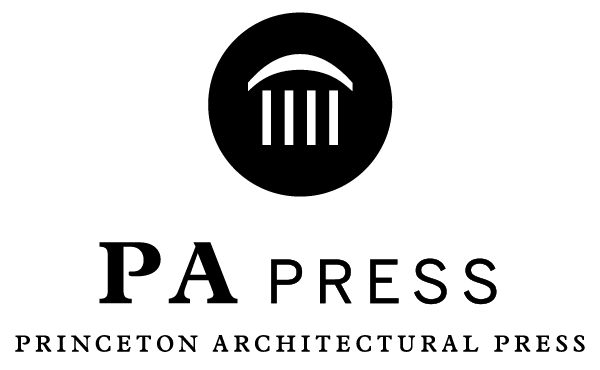New Releases
Tuft the World
$25.95
Forest
$18.99
Thinking with Type
$29.95
Unruly Figures
$24.95
Everyone Gets a Turn
$18.99
Puzzles
Sheepology 1000-Piece Puzzle
$17.95
Pigology 1000 Piece Puzzle
$17.95
Woodcut: Three Puzzles
$29.95
Connected: Three Puzzles
$29.95
Cultivated 1000 Piece Puzzle
$16.95
Paper + Goods
Julia Child Notecards
$15.95
Sunprint Notecards
$16.95
Grids & Guides (Red)
$18.95
Grids & Guides (Black)
$18.95
Color Theory Notecards
$16.95
Grids & Guides (Navy)
$16.95
Children's Books
Forest
$18.99
Everyone Gets a Turn
$18.99
The Bee Without Wings
$18.99
Sheepology
$19.99
The You Kind of Kind
$18.99
All of Us
$18.99
What's the Rush?
$18.99


















































